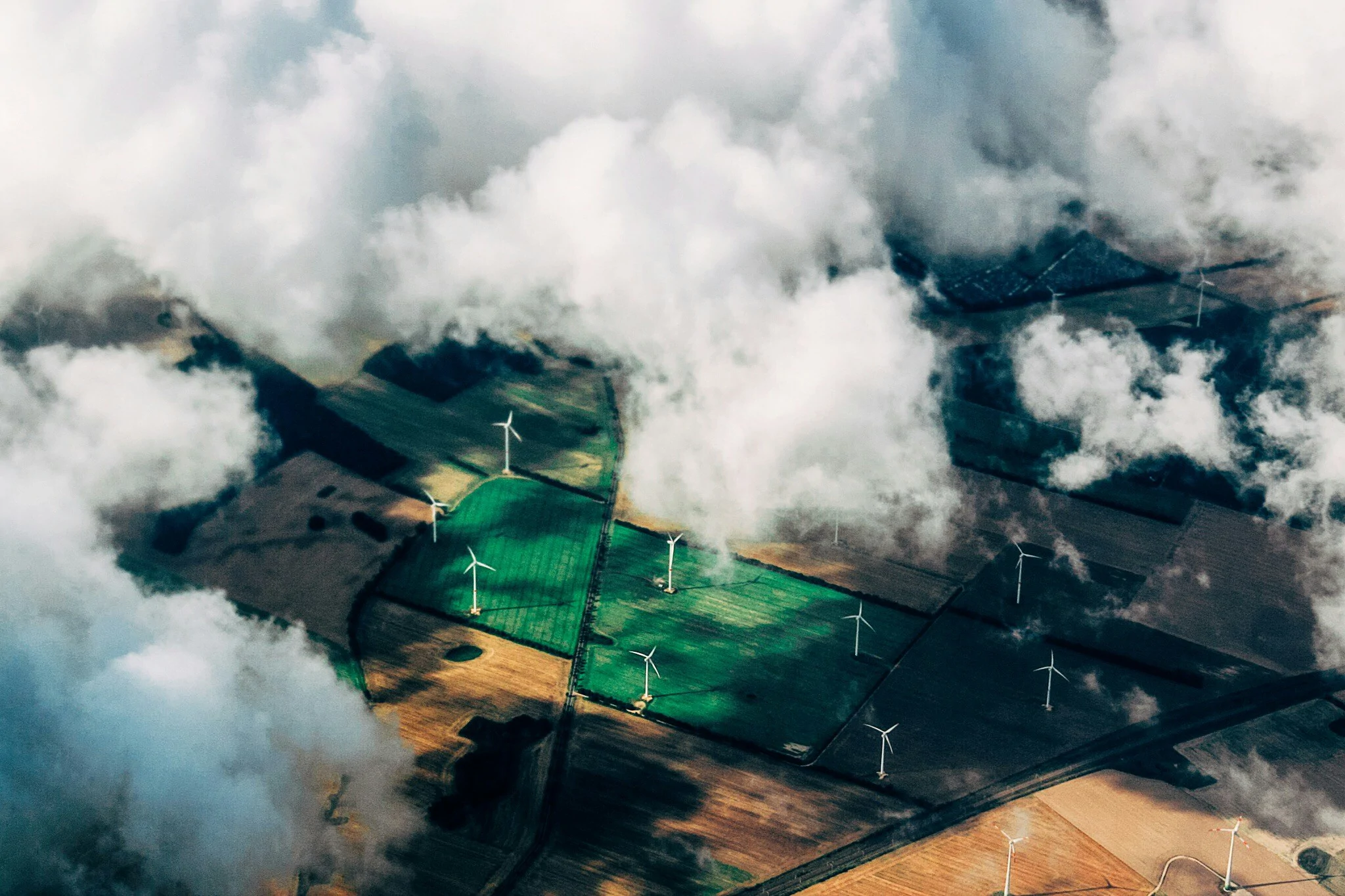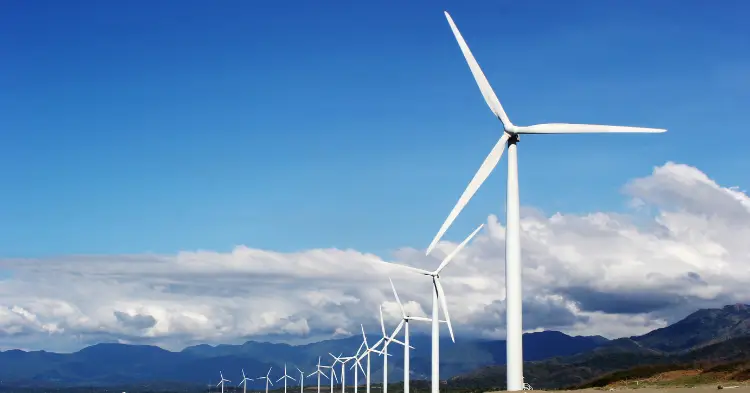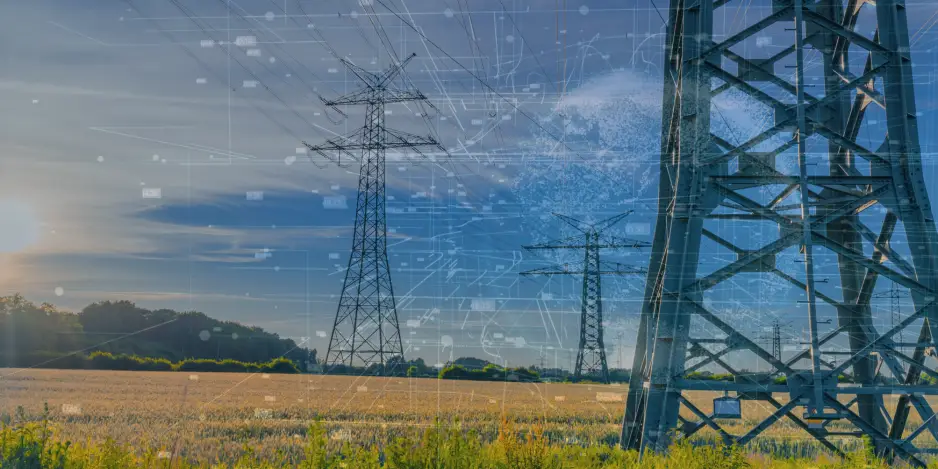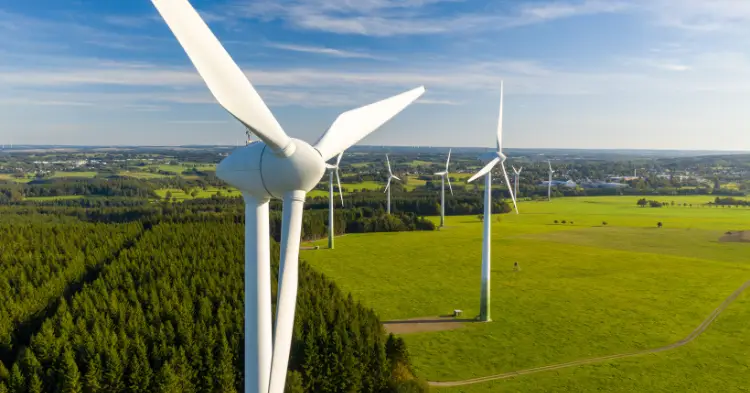Germany reached a major milestone in its energy transition last year: according to Fraunhofer ISE, the share of renewable energy in public net electricity generation rose to 62.7%. Never before has the German energy mix been so climate-friendly. Solar photovoltaics experienced particularly strong growth – reaching a new record of 72.2 terawatt hours (TWh), due in part to favourable weather conditions and an accelerated pace of expansion. In fact, PV deployment even exceeded the German government’s own targets.
At the same time, electricity generation from fossil fuels saw a significant decline: the WEC Energy Issues Monitor 2025 states that the share of lignite dropped by 8.4% compared to the previous year, while hard coal fell by as much as 27.6%. This development illustrates that the phase-out of coal continues to progress – despite geopolitical uncertainties and energy policy challenges triggered by international crises.
Another factor contributing to the high share of renewable energy is that Germany imported significantly more electricity in 2024 than in previous years – resulting in a net import surplus of around 24.9 TWh, according to Fraunhofer. This underscores just how deeply integrated Germany has now become in the European electricity market.
This article explores the current state of Germany’s energy transition – from new record figures in renewable energy to political expansion targets, the shortage of skilled labour, and the challenges facing businesses.
Expansion Targets to 2035 – and How Realistic They Are
According to the International Energy Agency (IEA), the German government aims to cover total electricity consumption with renewable sources by 2035. To achieve this, current levels of electricity generation must rise significantly: while around 53% of gross electricity consumption was covered by renewables in 2023, the target for 2030 is already 80% – which corresponds to approximately 658 TWh. The long-term goal for 2035 is around 950 TWh.
In its Germany report, the IEA praises the progress made but also points to ongoing obstacles: bureaucratic procedures, grid bottlenecks, and a lack of planning certainty for businesses could delay expansion. The ramp-up of green hydrogen – a key building block for industrial processes that are difficult to electrify – is also stalling. Investment is lacking because companies remain uncertain about the future availability of stable supply chains and economically viable buyers.
The IEA recommends instruments such as CO₂ difference contracts, public purchase guarantees, and coordinated infrastructure planning for electricity, gas, and hydrogen networks. Clear communication of political goals and increased investment security are also essential – particularly to maintain international competitiveness.
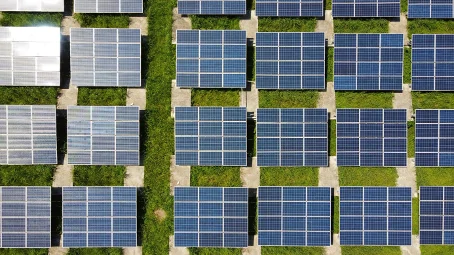
Energy Transition as a Job Engine – But a Shortage of Skilled Workers
Despite challenging economic conditions, the job market in the field of renewable energy remains dynamic. According to a recent analysis by the Bertelsmann Foundation, the number of job postings related to the energy transition has more than doubled since 2019. In 2024, one in every 26 job vacancies in Germany was linked to the energy transition – particularly in solar energy, wind power, and energy efficiency.
In the solar sector, for example, the number of employees rose from around 41,500 in 2019 to over 102,000 in 2024, according to the Federal Ministry for Economic Affairs and Climate Action (BMWK). Wind energy also saw significant growth: employment in this sector increased by 70% to around 53,000 jobs.
But this is still not enough. A study commissioned by the BMWK and conducted by the Prognos research institute shows that an additional 550,000 qualified skilled workers will be needed by 2030 to meet political expansion targets – solely in the areas of photovoltaics, wind energy, grid expansion, and hydrogen.
The greatest demand is for skilled workers with completed vocational training and technical qualifications – such as in electrical engineering, construction, or plant installation. However, university graduates with bachelor’s degrees in engineering or environmental sciences are also increasingly sought after. Compounding the issue, many current workers in the sector are approaching retirement age. Demographic change is further intensifying the shortage.
What Companies Must Do Now
The study also highlights how companies are responding. Many are making targeted investments in training and further education to develop skilled workers internally. At the same time, international recruitment – particularly from non-EU countries – is becoming increasingly important. However, firms often face practical obstacles here: complex recognition procedures, language barriers, and lengthy visa processes hinder integration.
Another lever is expanding target groups: companies are reaching out to career changers and making efforts to retain older employees in the workforce. Women are also being actively encouraged to enter technical professions – through special programmes and flexible working models, for example.
Many employers are also investing in their employer branding. Topics such as purpose, career development, job security, and benefits are gaining importance in the competition for talent. According to the BMWK, the shortage of skilled labour is not limited to construction sites or engineering. Related areas such as project management, logistics, IT, and administration are also facing bottlenecks – the transformation is affecting entire company structures.
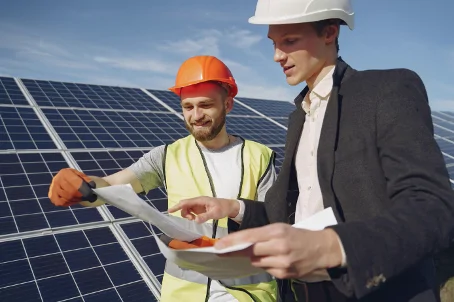
Conclusion: The Technology Is There – But People Are the Bottleneck
Germany’s energy transition is on a strong technical footing in 2024. The share of renewables continues to rise, fossil fuels are steadily losing significance, and the political targets for 2030 and 2035 are ambitious yet achievable. The key question now is whether Germany can recruit and retain the skilled workers necessary to make this transition a long-term success.
Because without the people who build wind turbines, design solar systems, expand power grids, or implement hydrogen solutions, the transition remains incomplete – and this applies equally to industrial corporations and medium-sized providers across the country.
How Amoria Bond Can Help
To shape this transformation successfully, strong partners are needed who can connect companies and skilled professionals in a targeted way – this is where Amoria Bond comes in.
Amoria Bond has been supporting companies and candidates in the energy sector for years – from location scouting to the recruitment of key positions.
Are you looking for qualified experts for your projects in wind energy, photovoltaics, or energy storage? Or are you a professional in the energy industry ready for the next step in your career?
Contact us for tailored advice and successful recruitment!



